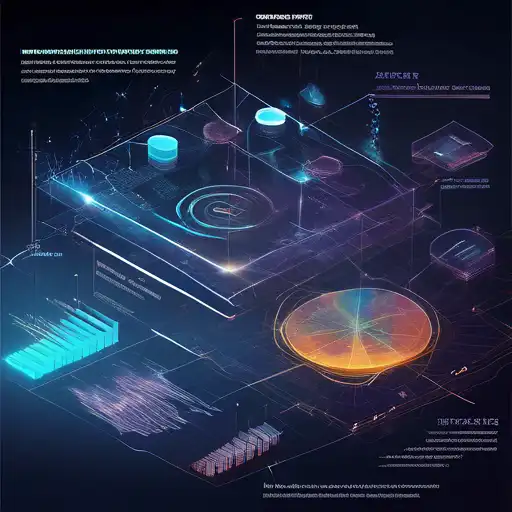Introduction to Data Visualization
In the era of big data, the ability to visualize complex datasets in an understandable and actionable manner is more crucial than ever. Data visualization techniques enable businesses and researchers to uncover hidden patterns, correlations, and insights that might not be evident from raw data alone. This article explores the most effective data visualization techniques that can help you gain better insights from your data.
Why Data Visualization Matters
Data visualization is not just about making pretty charts; it's about communicating information clearly and efficiently to users. By leveraging graphical representations, we can digest large amounts of data at a glance, making it easier to identify trends, outliers, and patterns. Whether you're in marketing, finance, healthcare, or any other field, mastering data visualization can significantly enhance your decision-making process.
Top Data Visualization Techniques
1. Bar Charts and Column Charts
Bar and column charts are among the most common and straightforward visualization techniques. They are ideal for comparing quantities across different categories. For instance, a business might use a bar chart to compare monthly sales across different regions.
2. Line Graphs
Line graphs are perfect for showing trends over time. They can help you understand how a particular metric has evolved, making them indispensable for time series analysis.
3. Pie Charts
Pie charts are useful for displaying proportions and percentages. They allow viewers to see at a glance how a whole is divided into parts. However, they should be used sparingly, as they can become confusing with too many categories.
4. Scatter Plots
Scatter plots are excellent for identifying correlations between two variables. They can reveal the strength and direction of a relationship, making them a powerful tool for exploratory data analysis.
5. Heat Maps
Heat maps use color coding to represent data values in a matrix or table. They are particularly useful for visualizing complex data sets, such as website traffic or user behavior patterns.
Advanced Techniques
For those looking to take their data visualization skills to the next level, advanced techniques such as interactive dashboards, geospatial mapping, and network diagrams offer even deeper insights. Tools like Tableau and Power BI can help you create dynamic visualizations that allow users to explore data in real-time.
Best Practices for Effective Data Visualization
To maximize the impact of your data visualizations, keep the following best practices in mind:
- Choose the right type of chart for your data.
- Keep it simple and avoid clutter.
- Use color and contrast effectively to highlight key information.
- Ensure your visualizations are accessible to all users, including those with color vision deficiencies.
- Always provide context and labels to make your visualizations self-explanatory.
Conclusion
Data visualization is a powerful tool that can transform raw data into meaningful insights. By selecting the appropriate techniques and adhering to best practices, you can enhance your ability to communicate complex information clearly and effectively. Whether you're a beginner or an experienced analyst, there's always room to improve your data visualization skills and unlock deeper insights from your data.
